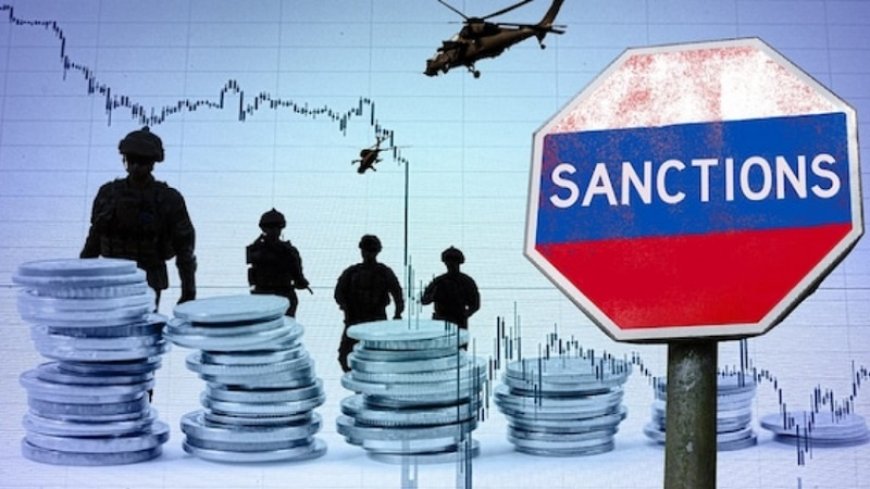Anti-Russian sanctions reconfigure world trade

One of the most disruptive repercussions generated by the Russian-Ukrainian conflict is undoubtedly the restructuring of the global trade balance, driven above all by the speed with which a series of Asian nations have penetrated the gaps opened by the draconian sanctions imposed against the Russian Federation by the United States and their allies/vassals. Starting with India, which in 2022 benefited from the discounts applied by Moscow to increase the daily volume of oil imported from Russia by a good 33 times (from 36,255 to 1.2 million). A colossal increase, which brought the share of Indian requirements covered by Russian crude oil from 0.2% to 25% in the space of ten months, also allowing New Delhi to gain credit as a major center for the redistribution of Russian oil towards countries adhering to the sanctions campaign against Moscow promoted by Washington.
Including the United States itself, which purchases large quantities of Virgin Gas Oil (VGO) from India, a particular blend produced by the refineries owned by the Indian companies Reliance Energy and Nayara Energy starting from Russian crude, purchased from Abu Dhabi in exchange of Yuan, Euro, Hong Kong Dollar and United Arab Emirates Dirham. The latter country, whose trade with Russia increased by 68% in 2022, to 9 billion dollars, thanks above all to the impact of imports from the Russian Federation. The same goes for Turkey, which with the doubling of imports from Russia between 2021 and 2022 has established itself as an essential "commercial platform between Russia and its Western sanctioners".
China has also taken advantage of the sanctions campaign orchestrated against Russia to consolidate its commercial position, through the opening of negotiations with the Kremlin's leaders aimed at defining long-term contracts for the supply of raw materials at prices considerably lower than those of the market. On the one hand, the consequent increase in the inflationary differential with the West gives Chinese goods increased levels of competitiveness, ensuring Beijing the possibility of conquering new market shares and accelerating the technological renewal of its economic structure. On the other hand, privileged access to Russia's immense mineral and energy reserves potentially decisively supports the ambitions nurtured by Beijing's managerial apparatus in terms of increasing Chinese influence on the world commodity markets. From copper to lithium, from aluminum to rare earths, from oil to Liquefied Natural Gas (LNG), China is increasingly relying on the solid Russian side not only to ensure coverage of domestic demand, but also to stand as a reference point unavoidable of the supply chains that will characterize the future multipolar structure.
If India, the United Arab Emirates, Turkey and – albeit in a quantitatively and qualitatively different way – the People's Republic of China are gaining credit as parallel channels for Russian exports, the nations of Central Asia and the Caucasus seem instead inclined to play an opposite role and complementary: that of "secondary doors" aimed at guaranteeing Western goods access to the market of the Russian Federation. This can be seen unequivocally from the drastic changes in the data relating to European Union exports to all these countries between the May-July 2019 band and the same period of time relating to 2022. According to the statistics provided by the European Bank for Reconstruction and Development, between the two periods in question, European exports suffered a decline respectively of 56% towards Russia and 39% towards Belarus, against a stratospheric growth achieved towards the states of Central Asia and the Caucasus . There is talk of an increase of 14% in reference to Kazakhstan, 19% to Georgia, 21% to Tajikistan, 72% to Armenia and 84% to Kyrgyzstan. Even more astounding are the data relating to US exports, decreased by 88% towards Russia and 90% towards Belarus, but increased by 24% towards Kazakhstan, 33% towards Georgia, 152% towards Kyrgyzstan , 220% towards Tajikistan and 348% towards Armenia.













































